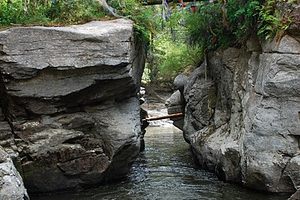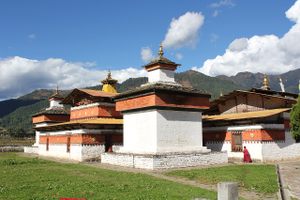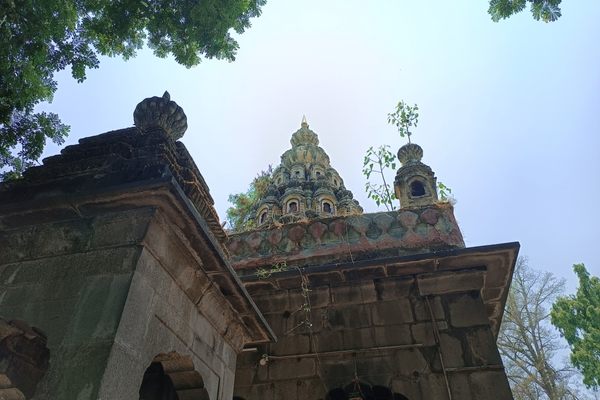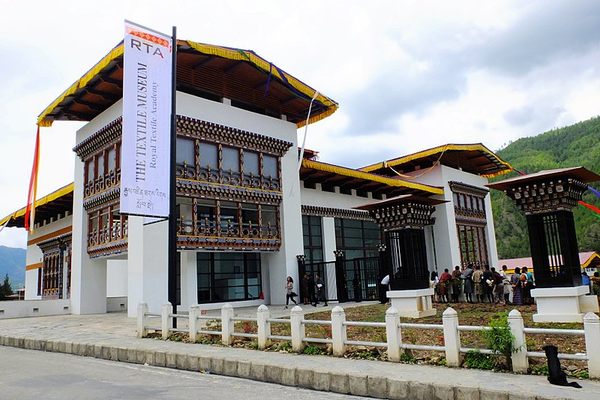About
Crowned by a 19th-century manor house, Ogyen Choling is the former residence of a ruling family descended from a 14th-century Buddhist teacher.
The building, which has since been converted into a museum to promote its conservation and to drive tourism to the village, was largely destroyed following an earthquake in the late 1800s. The residential quarters, the main temple, and the tower were all rebuilt, and the site continues to beckon visitors and religious pilgrims alike.
The origins of Ogyen Choling began with a visit to the remote Tang Valley by the illustrious philosopher of ancient Nyingmapa Buddhism, Longchen Rabjam (1308-1363), some seven centuries ago. He allegedly chose the site for the elephant’s head-shaped vista created by the Tang valley and the neighboring Kanyai mountain. In Buddhist mythology, the elephant symbolizes longevity. According to legend, a cave located towards the top of the elephant’s head served as Longchen Rabjam’s place of meditation, and so Ogyen Choling assumed sacred connotations.
The site would subsequently attract a legendary terton (a Buddhist treasure seeker endowed with the ability to reveal Buddhist revelations in the way of ancient texts or religious objects that manifest when the need arises) by the name of Dorji Lingpa (1346-1405), who was also an esteemed master of the Nyingmapa school of Buddhism.
Throughout the years, Ogyen Choling maintained a strong connection to Dorji Lingpa’s presence there—notably through Tsokye Dorji, the 15th descendant of Dorji Lingpa, who built the palace where Dorji Lingpa's monastery was in the mid-19th century.
According to Kuensel Online, the community surrounding Ogyen Choling was once expected to contribute to the palace's upkeep by the law of former Bhutanese social order, but come the 1950s when serfdom dissolved, the family had to maintain the rapidly crumbling palace on their own. In an effort to save it and generate revenue for the surrounding village, the house was converted into Bhutan’s first private museum in 2001, which is now completely owned and overseen by the Ogyen Choling Foundation.
The palace remains a sacred point of interest for Tibetan Buddhists, but under the Ogyen Choling Foundation’s care, the building also provides a fascinating insight into historical Bhutanese life. Parts of the house have been recreated to give visitors a clear sense of how they would have looked over the last 200 years, and artworks and artifacts have been conserved for their exhibition. While the innermost rooms are lit with electricity, the Foundation’s aim is to present the building as accurately as possible.
The main temple was reconstructed from 1898 to 1899 after a destructive earthquake disrupted the grounds in 1897. On-site shrines honor sacred Buddhist figures including Dorji Lingpa, who founded the Ogyen Choling line, and Mahakala, a deity enlisted to protect the village. Note that the Mahakala shrine is reserved exclusively for locals, and visitors are strictly prohibited from entering. That said, some 20 exhibitions illuminating Bhutanese art and traditional craft, a way of life, ritual performances, and more are sure to keep tourists busy.
Related Tags
Know Before You Go
Visitors are advised to tour the museum between 9 am and 2 pm when the natural light is at its brightest. In 2016, the Ogyen Choling Heritage House opened as a guest house component for overnight stays. The Heritage House offers 14 guest rooms across three buildings, each individually designed to stay true to the aesthetic origins of the site. Patrons are instructed to email olinghh@gmail.com or wrjakar@gmx.ch to book.
Festivals & Temples of Bhutan
Festivals, astrology, and epic landscapes in Bhutan.
Book NowPublished
January 15, 2019
Sources
- http://www.oling.bt/history.html
- http://www.kuenselonline.com/ogyen-choling-foundation-the-picture-of-ancient-bhutan-and-family-pride/
- http://www.oling.bt/museum.html
- http://www.oling.bt/buildings.html
- http://www.oling.bt/exhibitions.html
- http://www.oling.bt/guesthouse.html
- https://www.bhutanculturalatlas.org/2154/culture/cultural-facilities/ogyen-choling-museum/

















